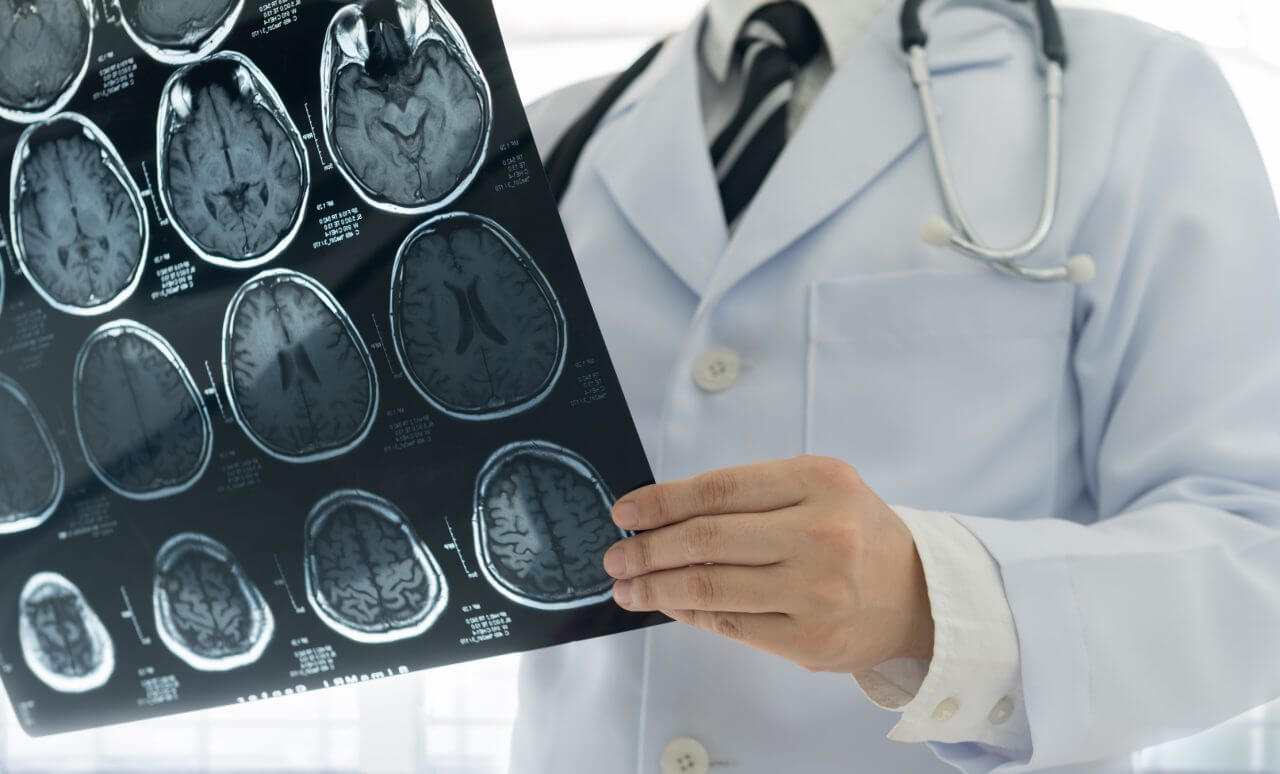Different Types of Strokes

What Are the Most Common Types of Stroke?
A stroke is a medical emergency in which blood flow to part of the brain is cut off, causing brain cells to die. Strokes can result in everything from mild symptoms to permanent disability and even death. There are different types of strokes. Each of the brain stroke types has its own cause, symptoms and treatment. The major types of strokes are ischemic stroke, hemorrhagic stroke and transient ischemic attack.
Types of Ischemic Stroke
An ischemic stroke occurs when a blood clot blocks an artery in the brain. There are different types of ischemic stroke. A cerebral thrombosis is a clot that’s formed in the brain from fatty material called plaque that can accumulate on blood vessel walls. A cerebral embolism is a clot that develops in another area of the body and travels to the brain.
An ischemic stroke has these features:
- Signs and symptoms include weakness in the face, arm or leg that comes on suddenly (often on one side of the body), confusion, dizziness, loss of coordination, problems speaking or understanding speech, double vision, and vision loss.
- Diagnosis involves ruling out other issues that may be causing the symptoms as well as blood tests (to check factors related to blood clotting) and imaging tests, including computerized tomography (CT) and magnetic resonance imaging (MRI) scans to help assess internal bleeding and damage to the brain.
- Causes include atherosclerosis, irregular heartbeat, heart attack, blood clotting issues, damage to blood vessels in the neck, and heart valve problems.
- Treatment typically involves the use of medication that dissolves clots. Surgery to remove the clot may also be required.
Types of Hemorrhagic Stroke
There are two types of hemorrhagic stroke. Intracerebral hemorrhage is the more common of the two. This occurs when an artery in the brain ruptures and blood puts excessive pressure on nearby brain tissue. A subarachnoid hemorrhage is less common. It involves bleeding in the area between the tissues that cover the brain and the brain itself.
A hemorrhagic stroke has these features:
- Signs and symptoms increase gradually over minutes or hours and can include an intense headache (people describe it as the most painful headache they’ve ever experienced), passing out, confusion, nausea and vomiting, vision problems, and sensitivity to light.
- Diagnosis is similar to that for ischemic stroke and includes a medical history and physical exam, blood tests and imaging scans to pinpoint where bleeding is occurring.
- Causes include high blood pressure, abnormal blood vessels in the brain (called arteriovenous malformations or AVMs), aneurysms, and injury.
- Treatment typically involves discontinuing blood thinners for patients who use them, clamping the damaged artery or inserting a tiny coil to keep the blood vessel from rupturing again, and possibly addressing AVMs if they’re present by removing them, shrinking them with radiation or preventing blood flow to them.
Types of Transient Ischemic Attacks (TIA)
When people ask, “What types of stroke are there?”, the third type on the list is a transient ischemic attack (TIA). A TIA is a rare type of stroke that’s a temporary blockage of blood flow to the brain. Unlike ischemic stroke and hemorrhagic stroke, a TIA resolves on its own. However, it can be a warning sign for future strokes.
A transient ischemic attack has these features:
- Signs and symptoms are similar to those of ischemic stroke and include numbness, weakness or paralysis on one side of the body, vision loss in one or both eyes, dizziness, slurred speech, and severe headache with no obvious cause.
- Diagnosis is similar to that for other types of stroke: medical history and physical exam, blood tests and imaging scans.
- Risk factors for TIAs include cardiovascular disease, diabetes and smoking.
- Treatment following a TIA focuses on reducing the risk factors for a future stroke.
Learn More About Different Types of Stroke with the Baptist Health Blog
Keep learning about different types of stroke, causes, treatments, and more from Baptist Health’s blog. Take our stroke risk assessment to estimate your personal risk of having a stroke and identify your stroke risk factors and how to improve them.



